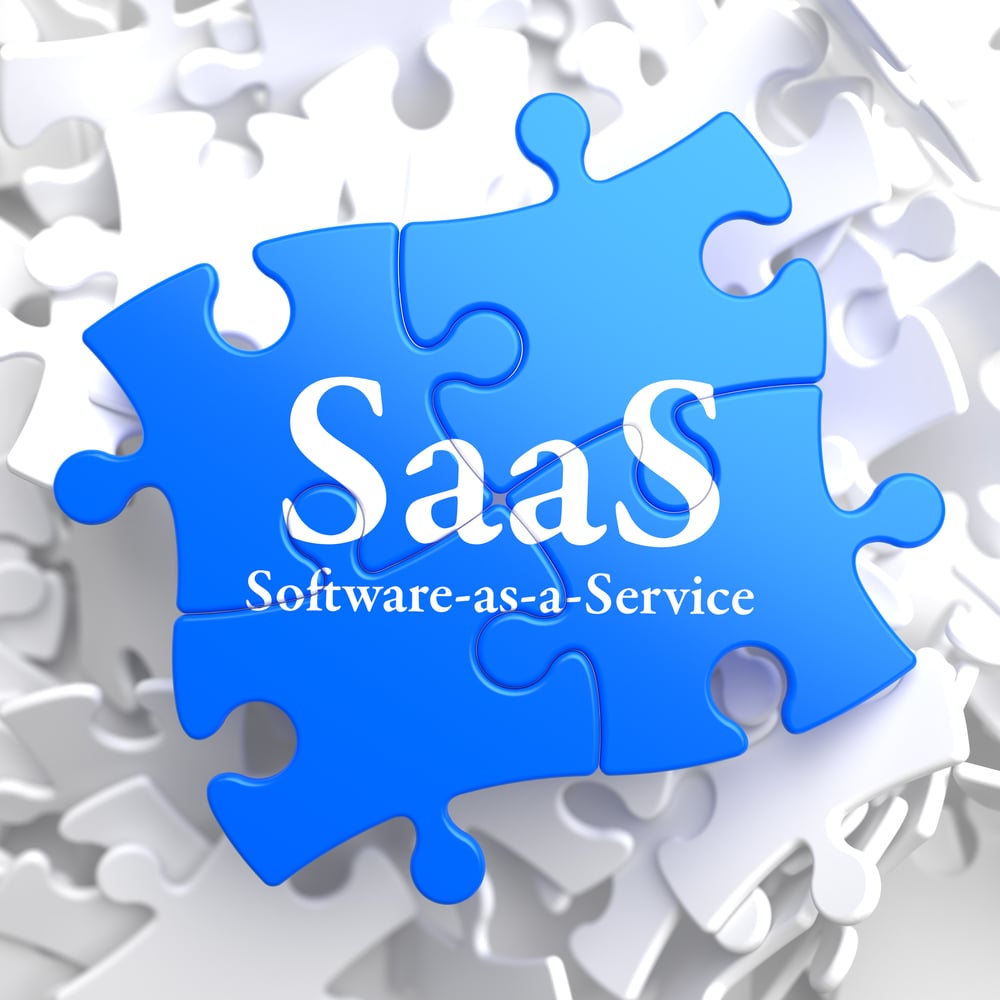Top 3 Program Management Software Features Your Organization Can’t Do Without
In today’s fast-paced and dynamic federal, state, and locally funded environments, program management and reporting software is a must for busy...
4 min read
![]() Projexis
Dec 22, 2022 12:44:00 PM
Projexis
Dec 22, 2022 12:44:00 PM

As you evaluate purchasing new software to support your next large-scale infrastructure or disaster recovery program, it can be hard to compare apples to apples on pricing alone.
To avoid surprises, and the ire of your accounting team, look beyond the listed price to ensure you understand the total cost of ownership (TCO). Take the time to calculate additional costs associated with implementation, integration, and future reconfiguration as project requirements evolve.
As an educated and savvy buyer, you can help your organization plan for the full cost of this important long-term investment, and even save money, by knowing the right questions to ask the vendor to uncover any hidden costs in their pricing model.
While the lure of “unlimited licenses” is certainly enticing for large and dynamic teams, did you think to ask about what that software vendor could charge you for large-volume data storage? What about the internal costs of training your team, or upgrading your equipment to meet minimum required performance standards?
The next time you shop for new program management software, be ready to ask tough questions and kick the tires to fully understand your TCO using these key points as your guide:

In a large-scale project with fluctuating staff and multiple contractors, you may think it is more cost effective to go with a plan that offers unlimited users instead of named users. This potential cost savings often overshadows an especially important hidden fee for large volumes of data storage.
There is nothing more frustrating than learning after the fact (often during the renewal process) that your software agreement can penalize you for going over the initial contracted amount of data. Especially in data-intensive infrastructure or construction projects, do your homework to get a handle on how much data storage you think you will need. Work with the vendor to understand the full cost of that data storage to determine if this is the right solution for you.
Don’t forget to calculate the cost of getting the software implemented and running smoothly. You’ll need an internal team to be part of the requirements gathering, user acceptance testing, and serve as product champions to help other users get up to speed.
Right now your organization runs many software programs at once, and everyone wants the data to flow securely from one system to another. You need to look at all the desired integration points and map out what it will take to make that happen. From setting up new firewalls and reconfiguring your infrastructure, to mapping the business logic of each system and identifying which is the system of record for data, provides a rough idea of the level of effort needed to enable the systems to “talk” to one another.
Additionally, integration is not something that can simply be turned on to “run itself.” Monitoring and timely remediation of errors identified in logs requires swift attention to avoid data processing or reporting issues due to failures in the integration process.
All software platforms have minimum performance standards and processing speeds for each device running the system. Building Information Modeling (BIM) types of software used to perform data modeling and imaging for construction programs can require a lot of surplus memory.
Are your company-issued mobile devices, laptops, and desktops compatible? If not, what is the cost to make those necessary upgrades?
Many purchasers of software assume they can access their raw data at any time. Don’t get caught off guard by learning there are extra fees for extracting your data. If you anticipate needing to pull out large chunks of unstructured data to feed into a data repository, you will require frequent access to your data. Find out up front if that data is accessible and if there is an additional cost.
Most systems have an offering for out-of-the-box reports, but most often, those are not fully sufficient and need customizations or a complete overhaul to meet your specific reporting and compliance requirements. Plan for this by understanding what your reporting requirements are, identifying the different consumer groups of reporting, and prepare for those requirements to evolve over the life of the program.
Customized reporting is an ongoing investment that is critical both during the planning, execution, and closeout phases, as well as in the event of an inquiry or audit.
While initial user training can seem an obvious expense to plan for, it’s easy to overlook additional future efforts needed to adapt your processes and procedures as more of your team gets on board. It can be time-consuming to get everyone up to speed on new procedures and become conversant in updated procedures that make the program run smoothly.
Your support model will affect your total cost of ownership, whether you are providing your own staffing or planning to use your vendor for support.
If you plan to cover Tier 1, plan on having internal resources available to get your users up and running smoothly, with more routine tasks that arise from initial activation through deactivation. Tier 2 focuses more heavily on those issues that need more detailed troubleshooting or escalation.
Understand what your contract offers for support beyond initial user acceptance testing, and if they offer reduced hourly rates for overages. Typically, the more complex and customized your workflow configurations are, the more heavily you will need to rely on Tier 2 support. Keep the support costs in mind while designing your workflow requirements.
After the initial launch, most organizations need someone to manage ongoing product upgrade rollouts, monitor error logs, facilitate functionality updates, and supervise hosted maintenance windows. You will need to identify someone who understands the system’s features and can manage these critical tasks to maximize the system’s usefulness.
When shopping for a new program management software, there is a lot to know. Empower yourself and set your organization up for long-term success by doing your homework in advance to understand your total cost of ownership.
![]() Projexis™ is a SaaS no-code agile program management and reporting tool with the power to deliver program workflow efficiency, speed, and accuracy to large-scale infrastructure, construction, and disaster recovery projects.
Projexis™ is a SaaS no-code agile program management and reporting tool with the power to deliver program workflow efficiency, speed, and accuracy to large-scale infrastructure, construction, and disaster recovery projects.
Our innovative system has been successfully used in complex case management projects across the country, such as the U.S. Virgin Island Emergency Rental Assistance Program, U.S. Virgin Islands Housing Recovery STEP Program, New York City’s Build it Back Program, Louisiana’s Restore Louisiana Program, North Carolina STEP Program, Deepwater Horizon Economic and Property Damage Settlement Program, among others.
Contact Us to learn more about how Projexis is streamlining workflows and driving productivity for stakeholders across government, education, healthcare, housing, utilities, transportation, and more.

In today’s fast-paced and dynamic federal, state, and locally funded environments, program management and reporting software is a must for busy...
.png)
It’s program kick-off time. Your initial program management software launch happened without a hitch. Now internal teams and stakeholders are...